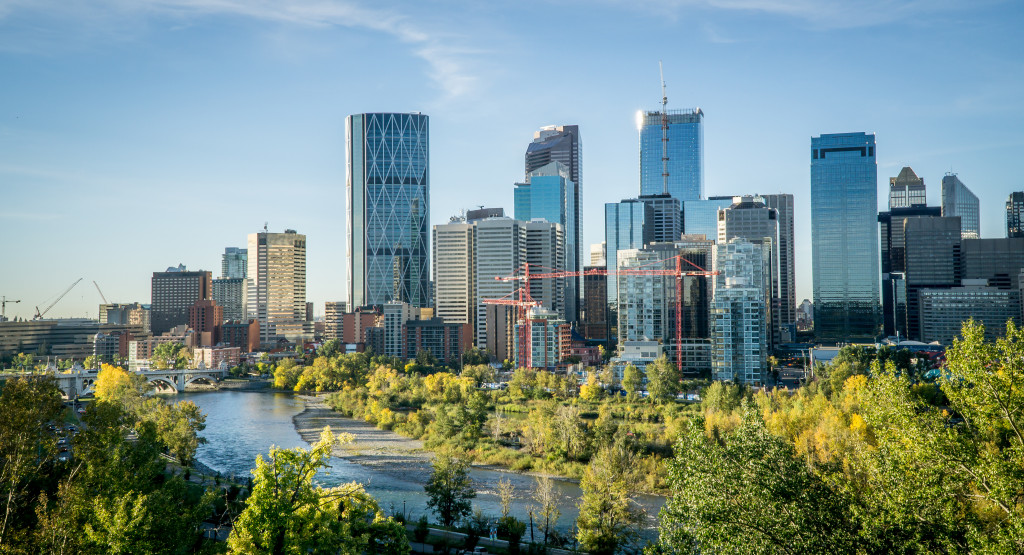Green space is vital for the well-being of urban dwellers, but it is often limited in cities. More green space means more space for urban residents to spend time outdoors, exercise, and socialize. It can also help reduce pollution, increase biodiversity in urban areas, improve air quality, reduce smog, retain rainwater, trap carbon dioxide (CO2), and provide habitats for wildlife.
And yet, urban sprawl limits green spaces. A 2014 study by economists Matthew Kahn of the University of California, Los Angeles and Dora Costa of the Massachusetts Institute of Technology analyzed satellite data from 30 major U.S. metropolitan areas to find that people living in the least green neighborhoods are exposed to 56% more CO2 than their counterparts in the most green-rich areas.
And another study found that people living in greener cities such as Seattle and Portland, Oregon, tend to be healthier than people who reside in less green cities such as Atlanta and Oklahoma City.
With an increasing population pressure on natural resources and global warming, we must do what we can to increase green spaces in our urban areas.
Here are some ways you might consider introducing more green space into your city:
Plant trees along sidewalks
Plant as many as you can, as the more trees there are along a sidewalk, the more that will grow into a canopy. In addition, consider installing planters to allow for vertical gardens and leafy green vegetables. Fruit-bearing trees are also a good idea, as they can provide food for both humans and animals.
Encourage building owners to create rooftop gardens or community parks
Rooftop gardens and community parks provide greenery as well as food to urban dwellers. They also offer a place for people to enjoy nature within the city limits. Parks like these will encourage social interaction and physical activity while at the same time reducing stress and obesity.
Existing parks and recreation areas can be improved by adding new playground equipment or a dog park. You can even add pathways so people can walk, run, or bike across the city while enjoying its natural beauty.
Make use of vacant lots and abandoned spaces
Many cities have a program where community members can adopt such spaces and then plant them as they wish. This will also reduce stress and increase social interaction among the community.

Develop bike trails through parks so that residents can enjoy the outdoors
Bike trails are not only a way for people to get exercise, but they can even help reduce smog. It gives children more opportunities to frolic in the open spaces at their schools.
When kids have access to green spaces at school, they are healthier and happier. According to the Centers for Disease Control and Prevention (CDC), outdoor
Create pocket parks with benches
It doesn’t matter how small the space is; green makes street corners easy on the eyes. You can decorate it with beautiful landscaping and comfortable benches where people can sit and relax for a few minutes in the middle of a stressful day.
Plant mini-forests in your community
Akira Miyawaki, a young graduate student in the 1950s, came up with the concept of micro-forests. He then went on to develop a way of planting them that allowed for their transplantation.
Made from mixed native tree species, they aim to replicate a natural forest ecosystem in a sustainable way to preserve biodiversity and increase resource efficiency.
The advantage of mini forests is that they absorb more rainwater and trap CO2, which helps reduce smog. This reduces the need for parks, with their extensive maintenance and water needs, while still providing a forested landscape in an urban setting.
One important thing to remember is to plant native trees in your area. Ask professional tree service providers about trees and plants before starting on the project. This is due to the fact that some plants are very sensitive to the climate and will only survive in certain conditions.
Build a “community pantry”
Green spaces such as community or rooftop gardens can also be used to grow food and herbs. You can design a “community pantry” where people can borrow seeds and seedlings and even get hands-on gardening experience with workshops and seminars held on-site.
Berkeley has had one since 2010: the Edible Schoolyard. Here, a rooftop farm is used to grow food for local cafeterias and teach pre-schoolers how to cultivate healthy eating habits. The entire schoolyard has been designed to approximate a sustainable food system.
Community gardens are especially beneficial because they provide a space for urban residents to grow fruits, vegetables, and medicinal plants. In addition, allow people to keep chickens or bees in your community garden so that its members have access to fresh eggs and honey. This is a good learning experience for children who can then take what they’ve learned and share it with their families.
Green spaces and parks can enhance the lives of people who live in urban communities. Not only do they provide a way for people to get back to nature, but they also have several other benefits such as increasing biodiversity, reducing stress, increasing social interaction, and improving health and well-being.

